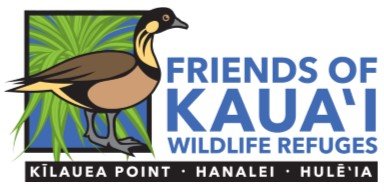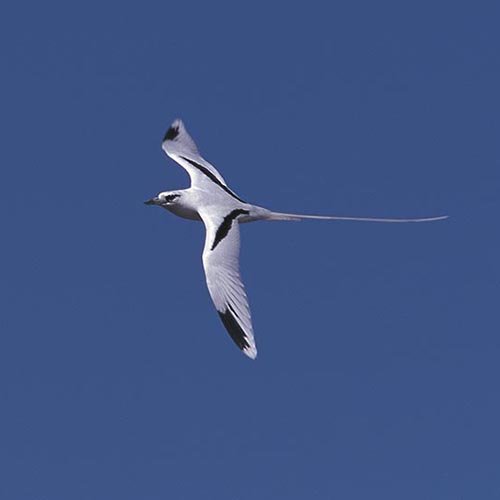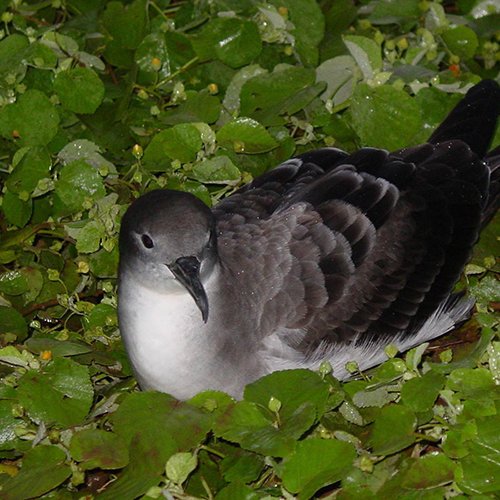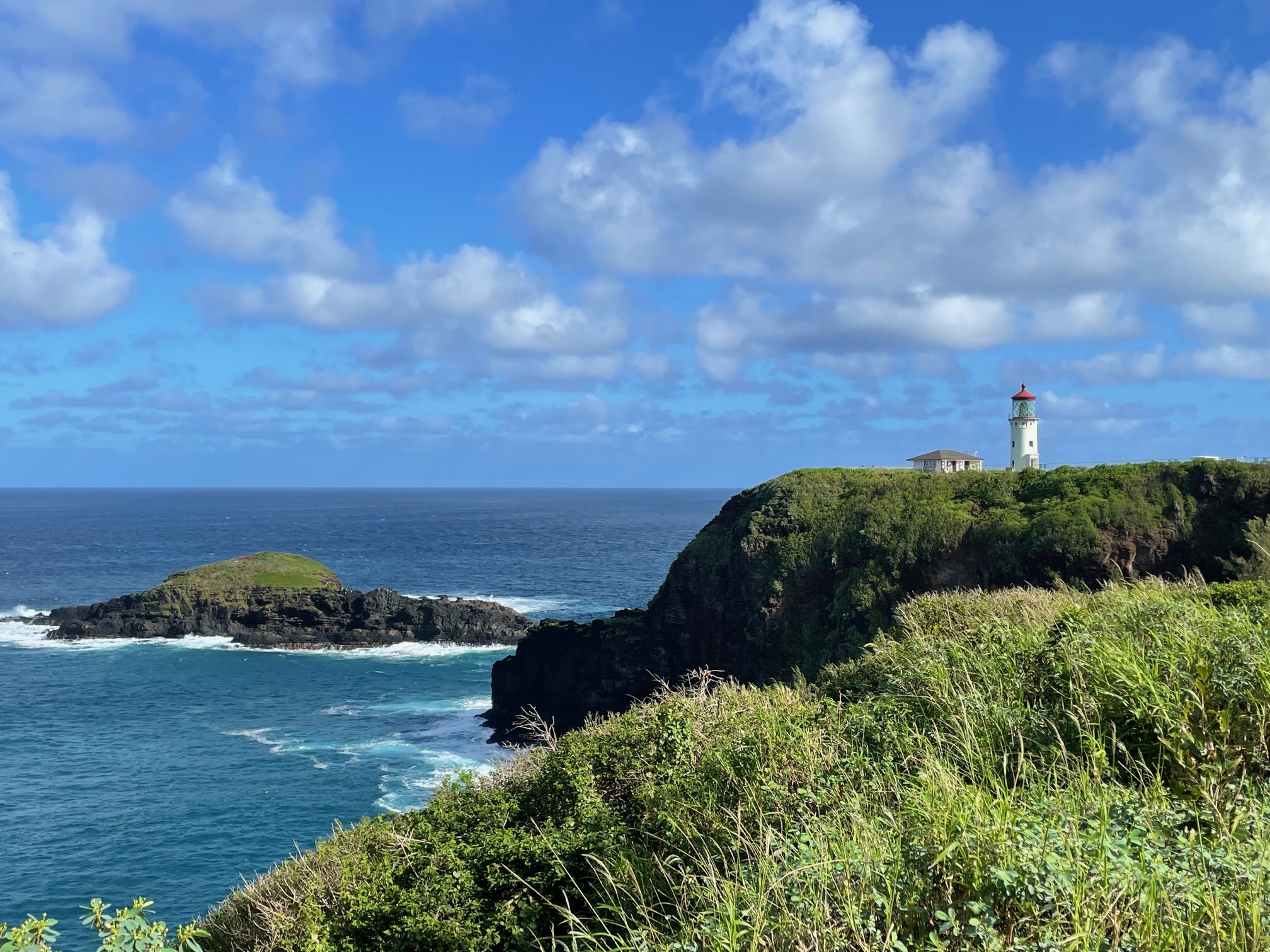
Seabirds of Kīlauea Point NWR
-

RED-FOOTED BOOBY - ʻĀ
The red-footed booby is known as ʻā in Hawaiian. Unlike albatross and shearwater chicks which hatch out with downy feathers, red-footed booby chicks arrive naked and quite helpless, so for the first month of life one or the other parent will be with them at the nest. After a month they are downy white and are able to regulate their own body temperature well enough to be left alone while both parents hunt for food.
YEAR ROUND
-
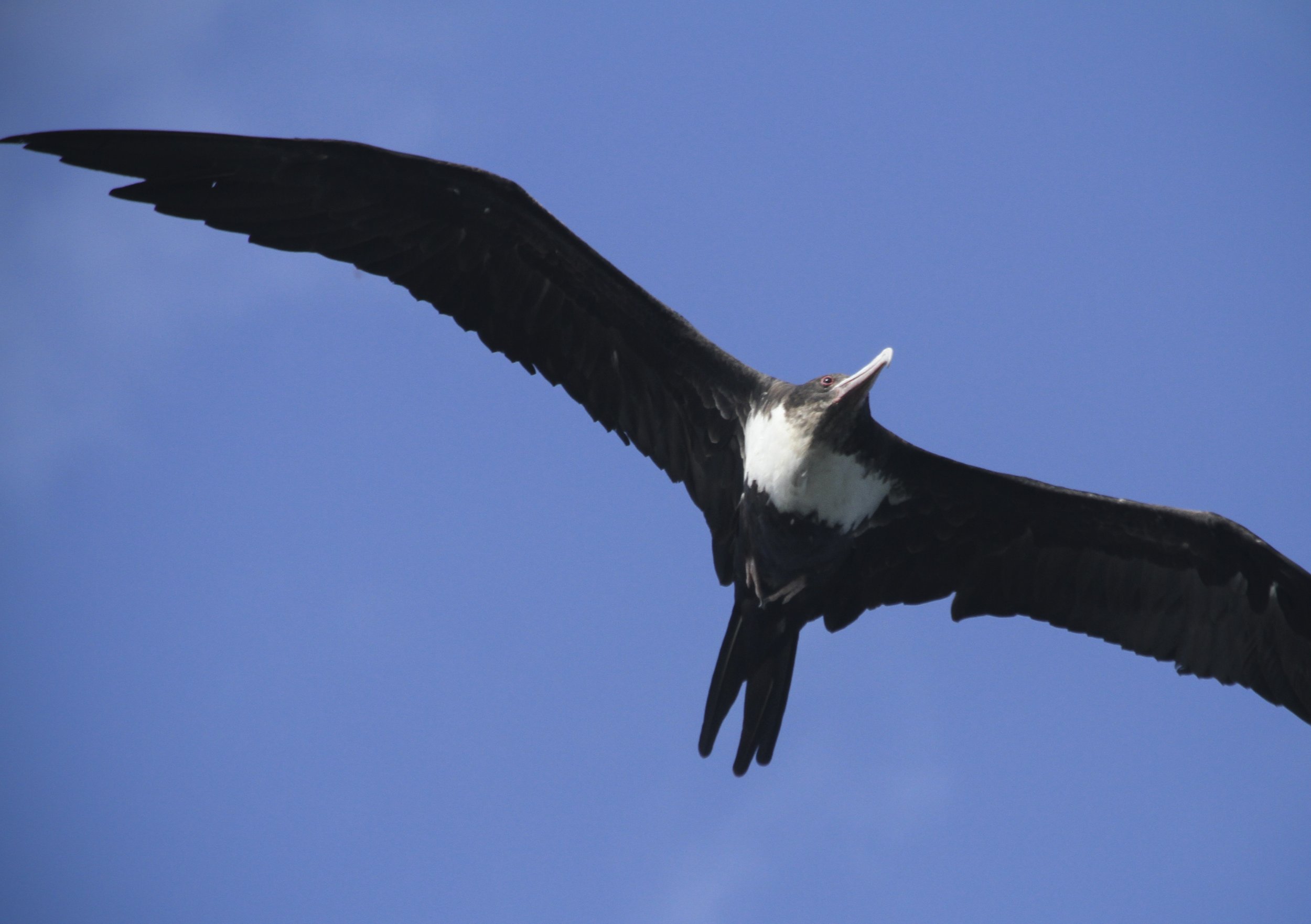
GREAT FRIGATEBIRD - ʻIWA
With a seven foot wingspan, the ʻiwa is the largest of all the seabirds seen at Kīlauea Point NWR. Most of the `iwa birds seen at Kīlauea Point are females and juveniles—recognized by the white through patch and white heads, respectively. Male ʻiwa are well-known for the large red throat sacs tha they inflate during courtship. Because ʻiwa do not nest at Kīlauea Point, this behavior is rarely see. What is frequently seen though, is the ʻiwa chasing down the red-footed boobies as they return to the colony with fish in their bellies. The ʻiwa (which means “thief” in Hawaiian) will harass a booby until it throws up its hard caught meal. The ʻiwa then swoops down, catches the disgorged food and proceeds to enjoy a stolen meal.
YEAR ROUND
-

RED-TAILED TROPICBIRD - KOAʻE ʻULA
The red-tailed tropicbird is a commonly seen (and heard!) seabird at Kīlauea Point NWR during its breeding season, which occurs from February to September. It is well known for its dramatic courtship flight rituals where several birds gather in a small group and begin flying in a backwards circle, vocalizing with loud, raucous squawking. The red beak and tail contrasting against the white plumage and framed against the blue sky make this bird a favorite for photographers at the Point.
FEBRUARY - NOVEMBER
-
BROWN BOOBY - ʻĀ
This species of booby is not known to nest on Kauaʻi. On occasion, it can be seen roosting on the small island just off the Point called Moku‘ae‘ae. The distinct line between the chocolate brown head and neck and the white underbelly of this booby make it easily identifiable. Brown boobies, like all booby birds, do not have nasal opening (called nares in birds) and must breath through their mouths. This adaptation is helpful since boobies plunge dive from the air into the water and even pursue their prey underwater. Water up the nose is not an issue for the `a birds.
YEAR ROUND - OCCASIONALLY
-

LAYSAN ALBATROSS – MŌLĪ
This species of albatross, which stands about knee-high, can be seen on the refuge during its breeding season from November to July. Mōlī began returning to the north shore of Kauai around the mid-seventies and since that time, management efforts have been made to create favorable nesting habitat and to protect them from predators on the refuge. Visitors to Kīlauea Point NWR can view one of the nesting areas (Mōlī Hill) through binoculars and scopes. There is nothing quite like the pleasure of observing the elaborate courtship ritual of the mōlī bird.
Click to enjoy a delightful video of the Laysan Albatross of Mōlī Hill, produced by FWS volunteer and KPNHA Member Louise Barnfield. Also, enjoy a “Nature Nugget” segment on YouTube about her time volunteering at Midway Atoll supporting the Albatross Nest Census.
Learn more about local conservation efforts by visiting the Kauaʻi Albatross Network online and follow wildlife photographer and mōlī enthusiast Hob Osterlund on Facebook to enjoy images of these beautiful birds.
To learn more about how Kīlauea Point NWR serves as a site for mōlī nesting, visit the Agreement on the Conservation of Albatrosses and Petrels.
NOVEMBER - JULY
-
WHITE-TAILED TROPICBIRD - KOAʻE KEA
The white-tailed tropicbird, called koaʻe kea in Hawaiian, is another member of the family of seabirds that call Kīlauea Point NWR their home. Though less abundant, less raucous and less dramatically noticeable as its relative the red-tailed tropicbird, the white-tailed tropicbird can be easily identified, when flying over the Point, by its long, streamer-like white tail. White-tailed tropicbirds are ground nesters and lay a single egg. It takes a lot of fish and squid to raise up their chick.
FEBRUARY - NOVEMBER
-
WEDGE-TAILED SHEARWATER - ʻUAʻU KANI
The ghost-like moaning, wailing, and baby-like cries rising up from the ground are the sounds to listen for when the ʻuaʻu kani are at Kīlauea Point NWR for their breeding season from March to November. These ground nesting, or perhaps more accurately, underground nesting seabirds dig into the hill sides creating burrow nests for the single white egg which they lay during the month of June. Some less ambitious of this species lay their eggs right under vegetation or even in a flower box in front of the Visitor Contact Station out near the lighthouse.
MARCH - DECEMBER
-
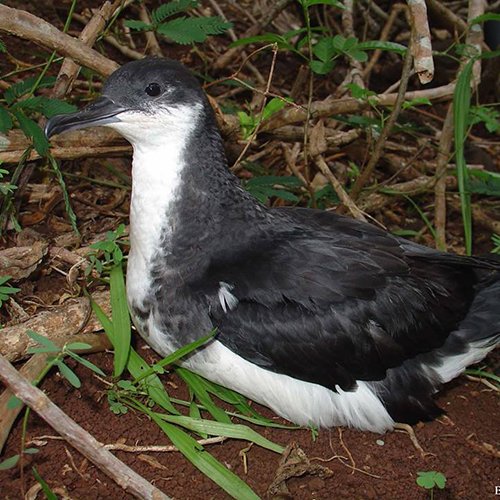
NEWELL’S SHEARWATER - ʻAʻO
The ʻaʻo is another species of shearwater now nesting at Kīlauea Point NWR. In an effort to save this threatened species of seabird a cross-fostering program with the more abundant wedge-tailed shearwater was attempted at Kīlauea Point NWR in 1978 and 1980. For many years, observers waited anxiously for any of the 90 fledged ʻaʻo chicks to return to the Point to to breed. But, as the years went by, hopes dwindled. Then, in 1997, a nest was found at Kīlauea Point and more were to come.
The Nihokū Ecosystem Restoration Project was created in 2012 in order to protect both rare coastal ecosystems as well as provide a predator-free nesting area for native ground-nesting birds in Hawaii. Nihokū is an area between Crater Hill and Mokolea Point at Kīlauea Point NWR. The project is a result of a large partnership between multiple government and non-profit groups who have come together to help preserve the native species of Hawaii.
The focus is on creating safe nesting habitat for Newell’s Shearwaters (‘A‘o) and Hawaiian Petrels (‘Ua‘u ), Hawai`i’s only two endemic seabirds, and enhancing the existing breeding colonies of Mōlī (Laysan Albatross) and Nēnē (Hawaiian Goose) who already nest in the area.
APRIL - NOVEMBER
STATUS: THREATENED

